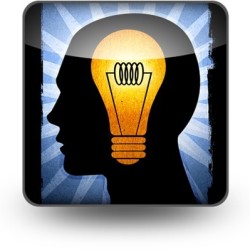Completing her second year as a pediatrics professor at the University of California, Riverside, Adwoa was focused on providing clinical training for her medical students. A retired UCR history professor, Carlos had no way of imagining that he would soon be joining the staff of a medical school. .
Then the UCR School of Medicine decided to establish a new required curricular thread on Health Equity, Social Justice, and Anti-Racism. Shortly after that, the School asked Adwoa and Carlos to become co-directors of the thread in order to get it started.
It was decision time for the two of us. Still at an early stage of her medical teaching career, Adwoa had numerous obligations. Experienced in health care cultural competence training, Carlos had been giving annual workshops on that topic to UCR’s incoming medical students. But establishing an entire curricular thread? That was a challenge. But also an opportunity. We couldn’t turn it down. Continue reading Diversity and Speech Part 14: Health Equity – by Carlos Cortés, Adwoa Osei

 Introduction
Introduction

